35 years since the launch of the “Phobos-1, Phobos-2” interplanetary stations
35 years ago, on July 7 and 12, 1988, two automatic interplanetary stations (AIS) «Phobos-1» and «Phobos-2» were successfully launched from the «Baikonur Cosmodrome», delivered by «Proton-K» rockets to the calculated trajectory of the flight to Mars with a difference of 5 days.
«Phobos» — the series of Soviet stations designed to explore Mars and its satellite Phobos within the framework of the International Space Project of the same name («Phobos»). The project involved scientists from Austria, Bulgaria, Hungary, Czechoslovakia, Finland, France, GDR, Ireland, Poland, USSR, Sweden, Switzerland and the European Space Agency.
The 1F series spacecraft («Phobos») is designed as a unified base vehicle for multi-purpose and diverse missions to study planets and small bodies of the Solar System. The design of the spacecraft provides for the possibility of placing technical equipment for remote sensing (radars, telescopes, etc.) on it, simultaneously or selectively, as well as landing research probes (landers, small stations, penetrators, etc.). The most important feature of the spacecraft is the possibility of it maneuvering in close proximity to the surface of celestial bodies possessing a weak gravitational field.
The spacecrafts were designed for integrated studies of the Mars satellite Phobos, the planet Mars, the Sun, interplanetary space, as well as in the field of astrophysics.
The results of experiments performed with the help of the «Terek» solar telescope became the most significant in the implementation of the «Phobos-1» spacecraft scientific program. Scientists were able to simultaneously observe the layers of the solar atmosphere — the chromosphere, crown, and transition layer — and obtain unique information about the structure and dynamics of these layers. The images obtained by the recording system clearly show the complex structure of plasma formations in the solar atmosphere.
The new data allowed us to understand the dynamics (from a few minutes to a month) of various formations in the Sun’s atmosphere at temperatures from tens of thousands to tens of millions of degrees. This is necessary to find out the mechanisms of the Sun’s energy release during various processes and much more. It is impossible to obtain such information from the Earth. More than 140 X-ray images of the Sun were made.
In July-August 1988, 39 communication sessions with «Phobos-1» took place. On September 2nd, 1988, during an attempt to conduct a planned session with «Phobos-1», the apparatus did not make connection. Attempts to establish connection with it continued during September-October but were unsuccessful.
The «Phobos-2» spacecraft was more successful. Two landing stations were installed on it to be derived to Phobos — a «long-lived» and a mobile one. During the flight of the «Phobos-2» spacecraft, the first phase of the experiment called «Celestial Mechanics» was successfully completed to build a high-precision theory of Phobos motion and clarify its gravitational constant. Unique images of Phobos taken from various angles and distances were obtained. Imaging of the surface of Mars by radiometer-spectrometer «Thermoscan» gave, among other things, an unexpected result. It detected spindle-shaped shadow of Phobos on the surface of Mars, which caused a lot of speculations and hypotheses.
Research in Mars orbit ended, but the «Phobos-2» spacecraft failed to perform landing on the surface of Phobos descent vehicles due to a number of technical reasons. However, studies of Mars, Phobos and the space near it, performed by the «Phobos-2» spacecraft for 57 days during the stage of movement around Mars, allowed to obtain unique scientific data on the thermal characteristics of Phobos, the plasma environment of Mars, and its interaction with the solar wind.
Thus, the result of the Phobos project was valuable new information about the Sun, Mars and Phobos. The data obtained are still unique.
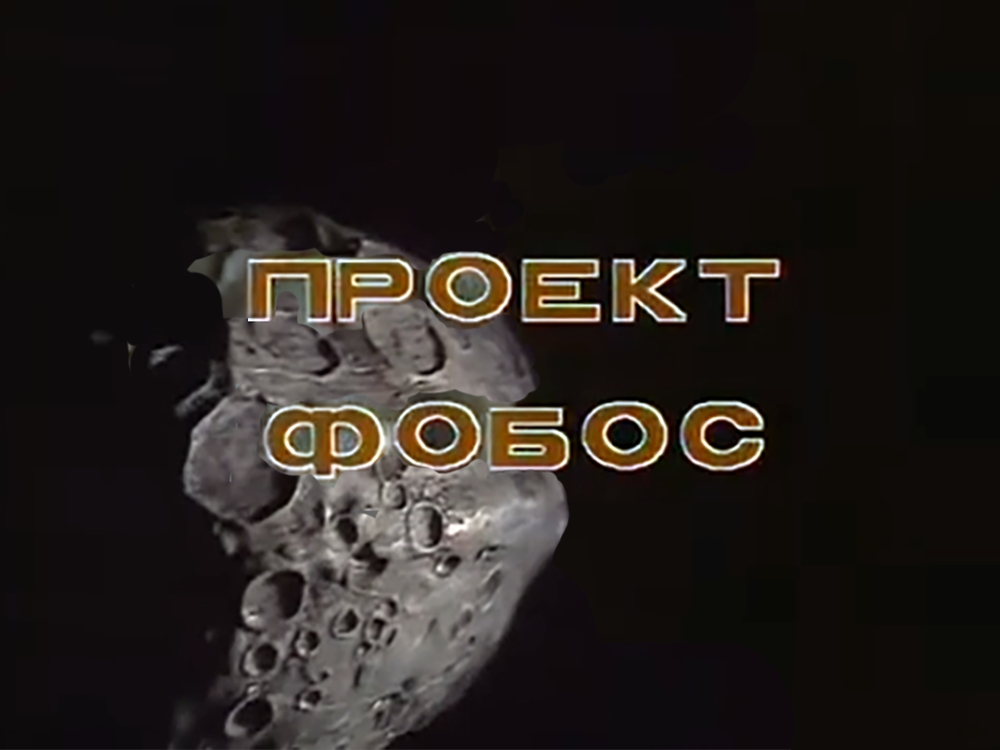
Korolev, Mission Control Center (MCC) *
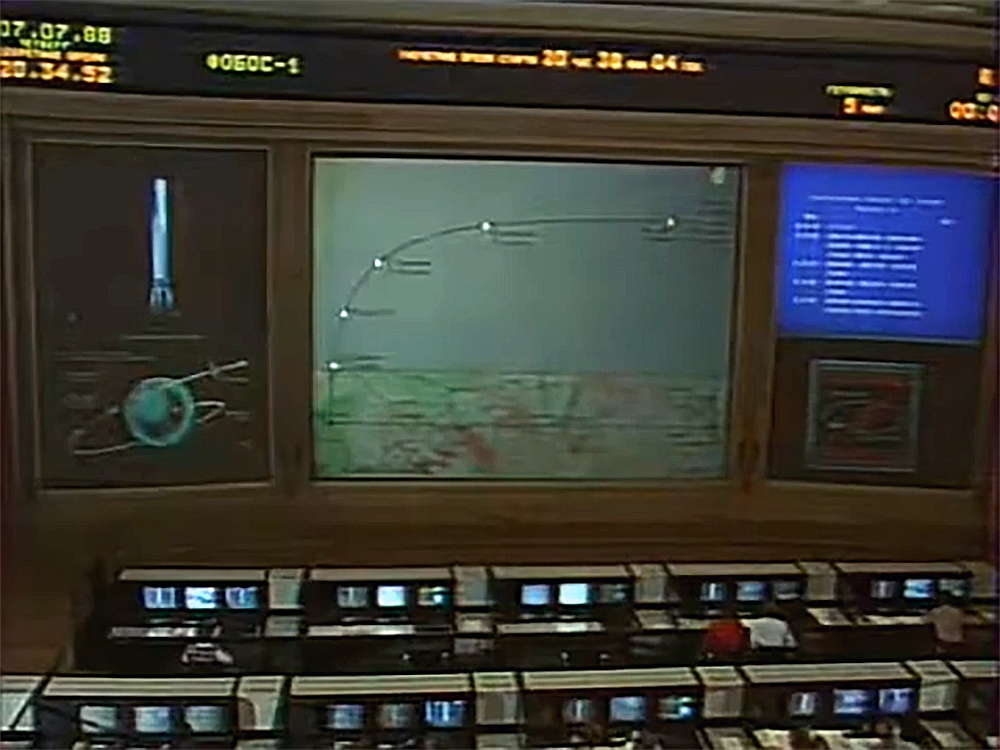

SRI RAS. International Scientific Council for the launch of the "Phobos" project


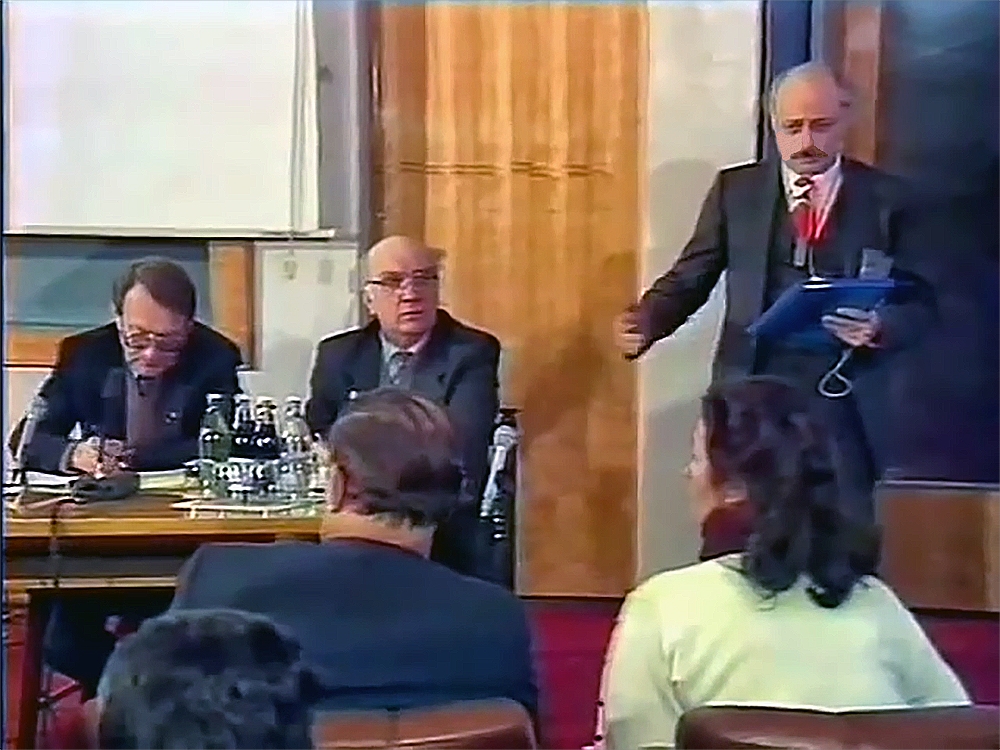

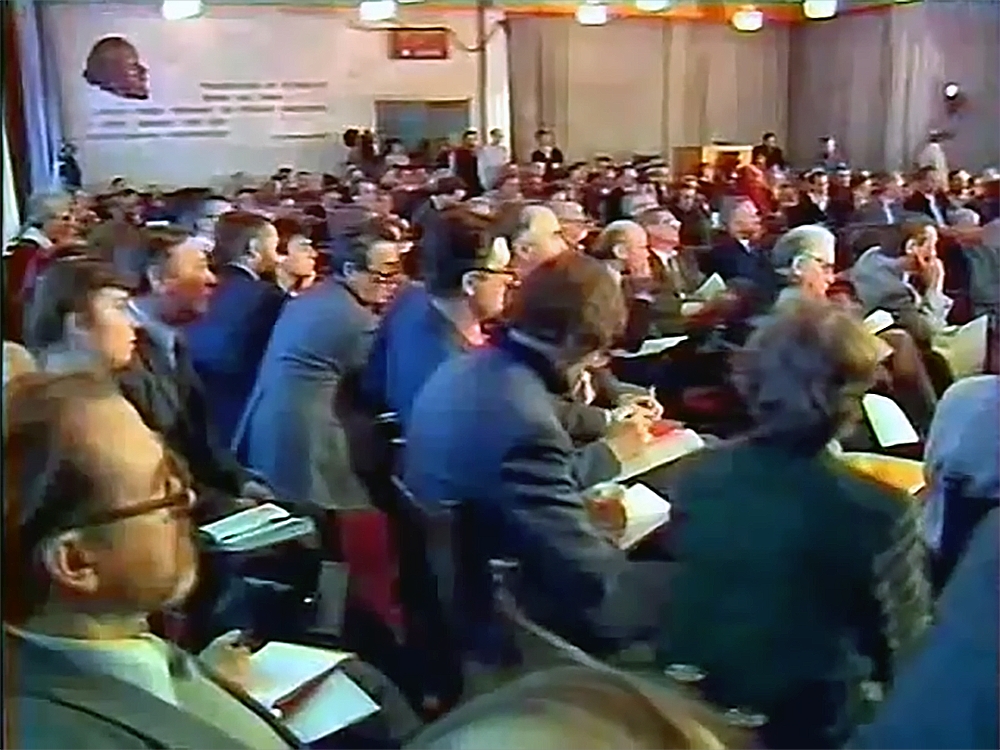

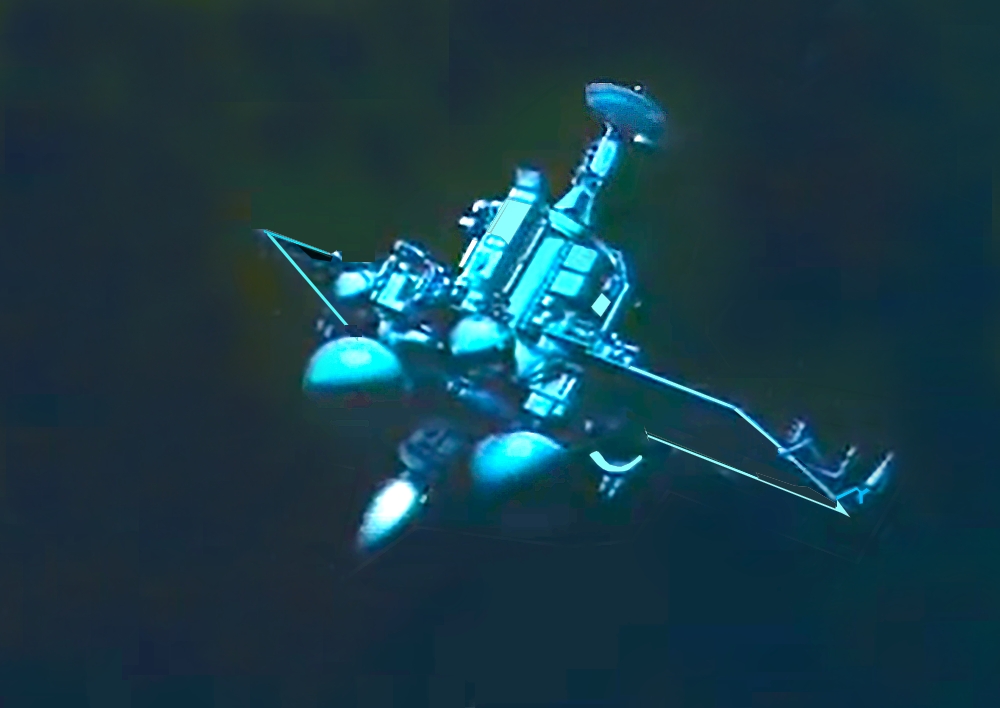
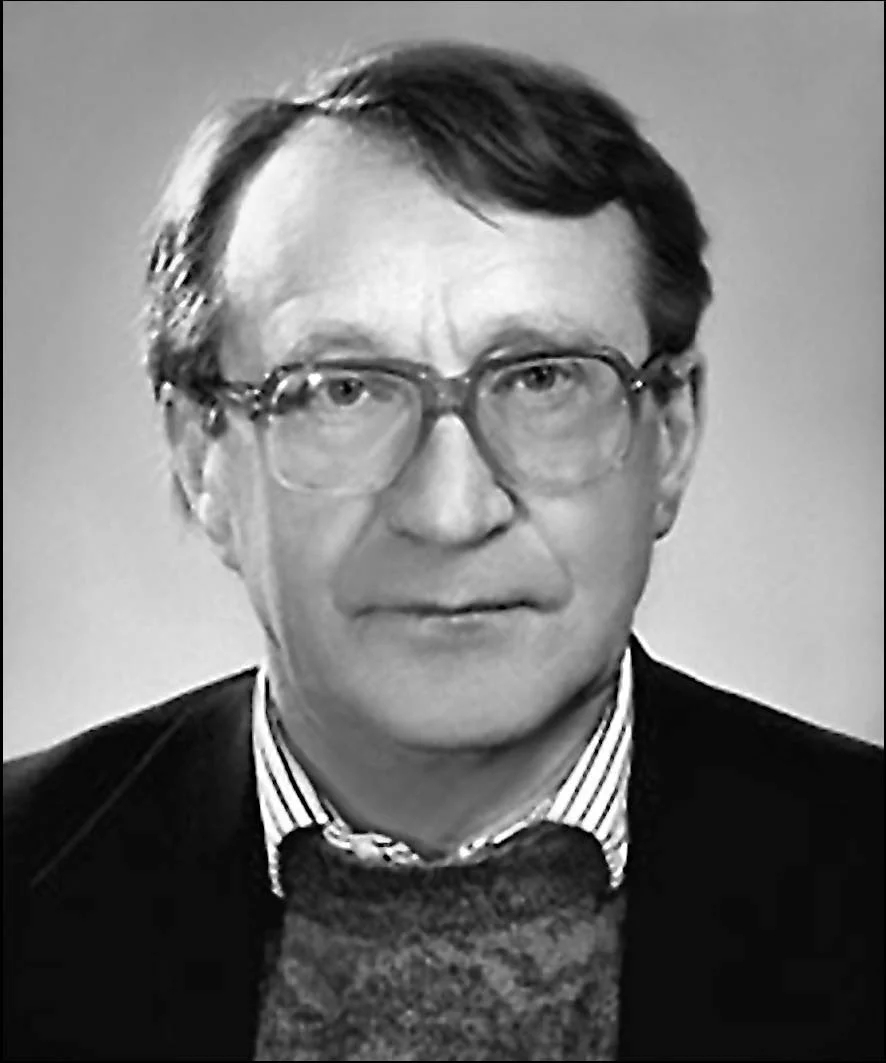

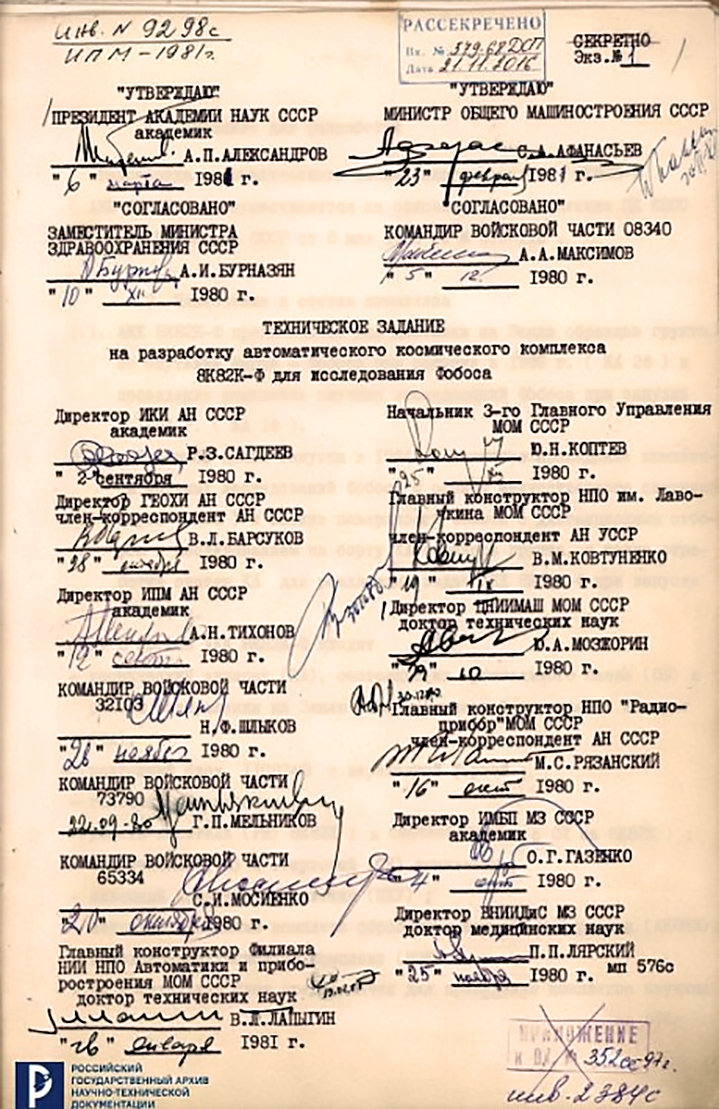
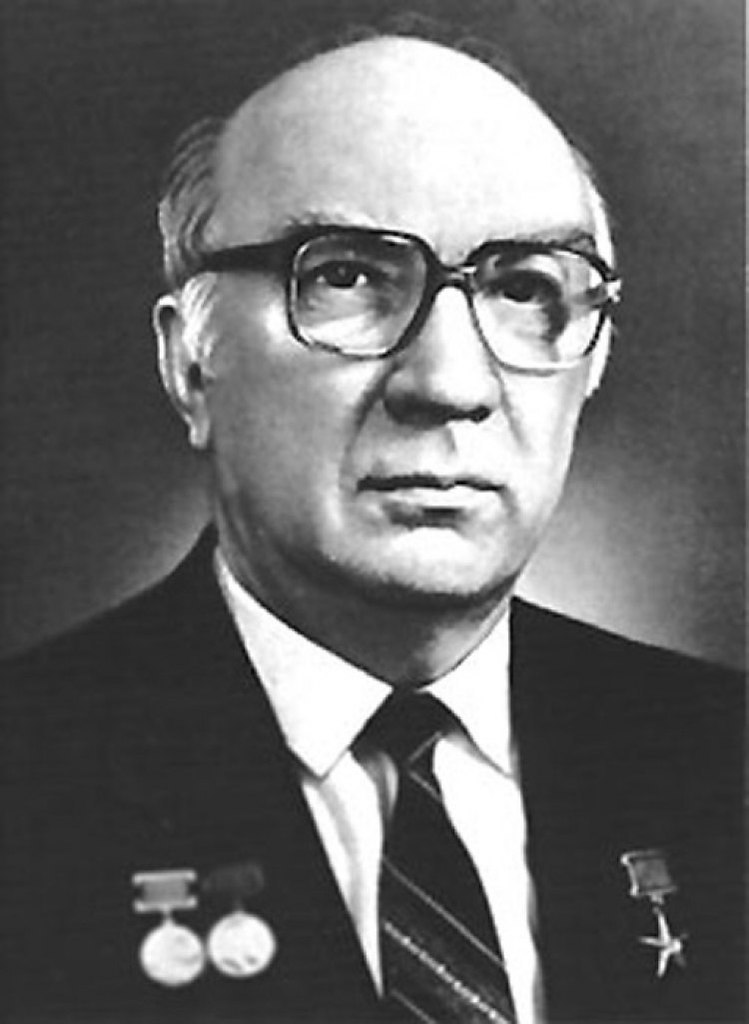

Control and Testing Station (CTS) of SRI RAS


testing of scientific equipment on the "Phobos-1" and "Phobos-2" spacecraft platform




July 7, 1988. - "Phobos-1" launch

In orbits around Mars ...
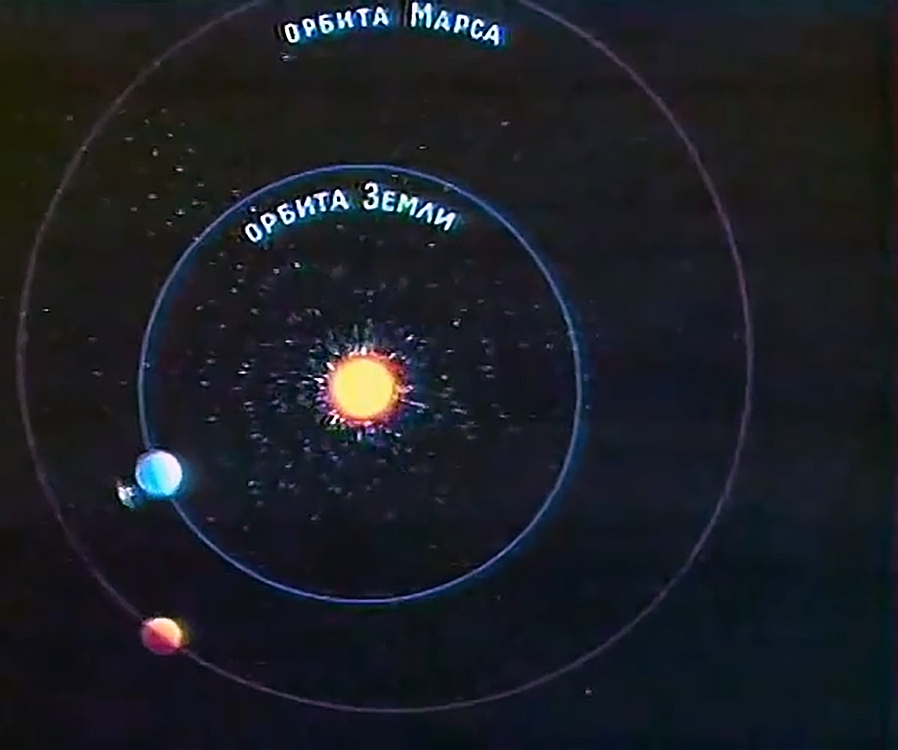
- optimization of Phobos orbital motion parameters and its physical properties;
- probing the surface and atmosphere of Mars in the visible, ultraviolet, infrared and gamma-ray ranges;
- research of the structure of the magnetosphere of Mars, determination of the parameters of the magnetic field…

... the study of the Sun and interplanetary space
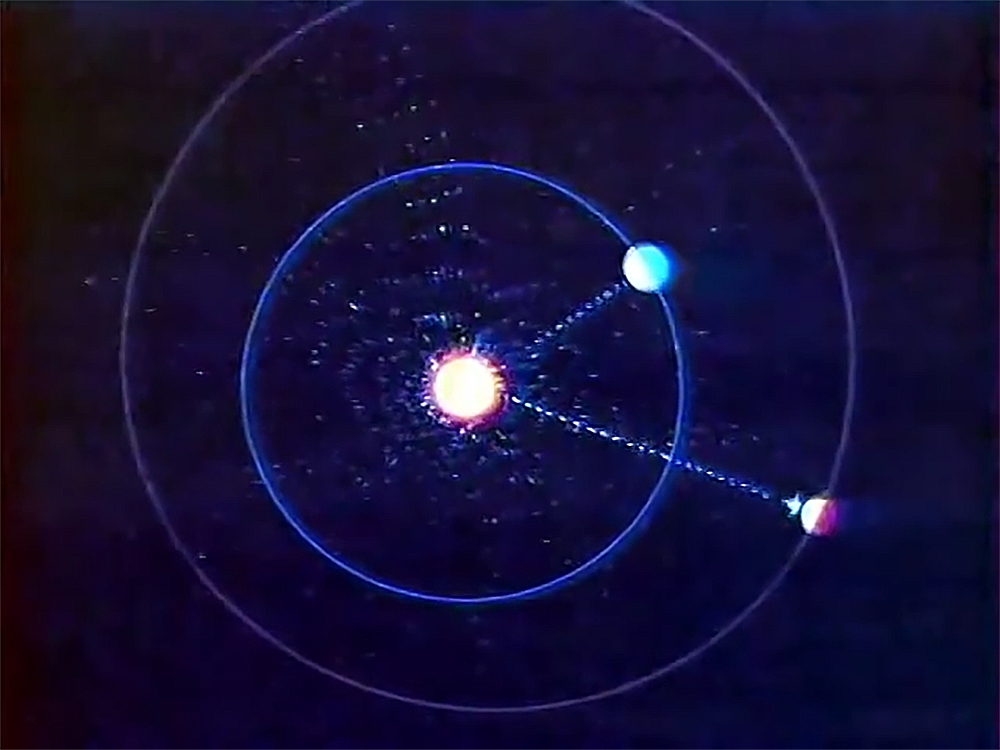
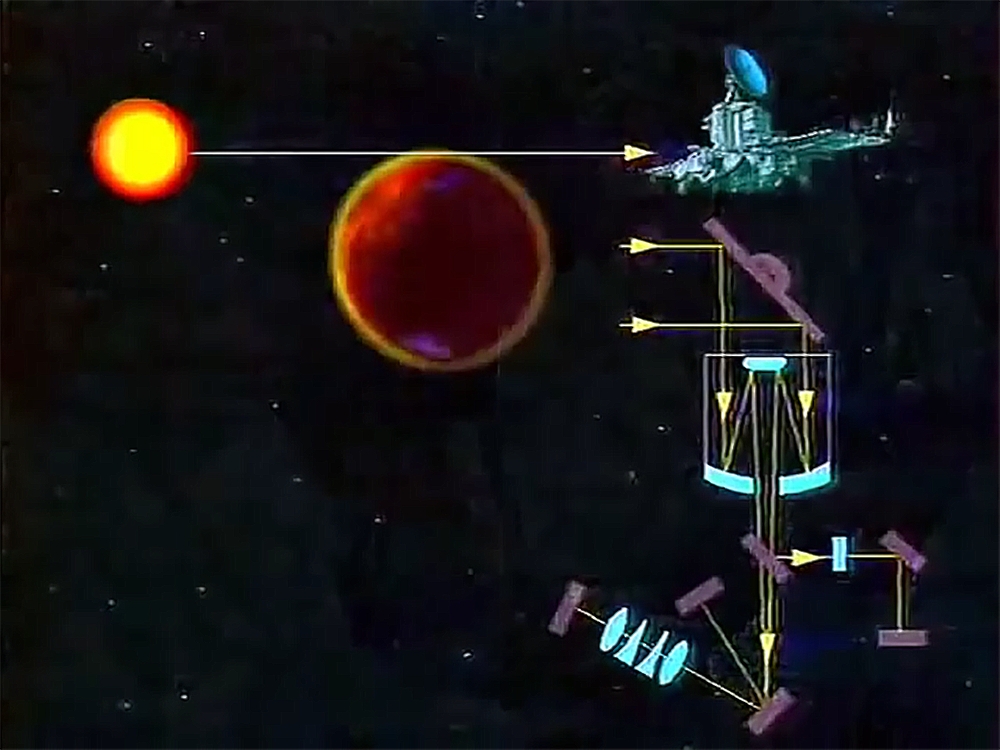
Complex structure of plasma formations in the solar atmosphere - results of experiments performed with the help of the Terek solar telescope installed on the "Phobos-1" CS
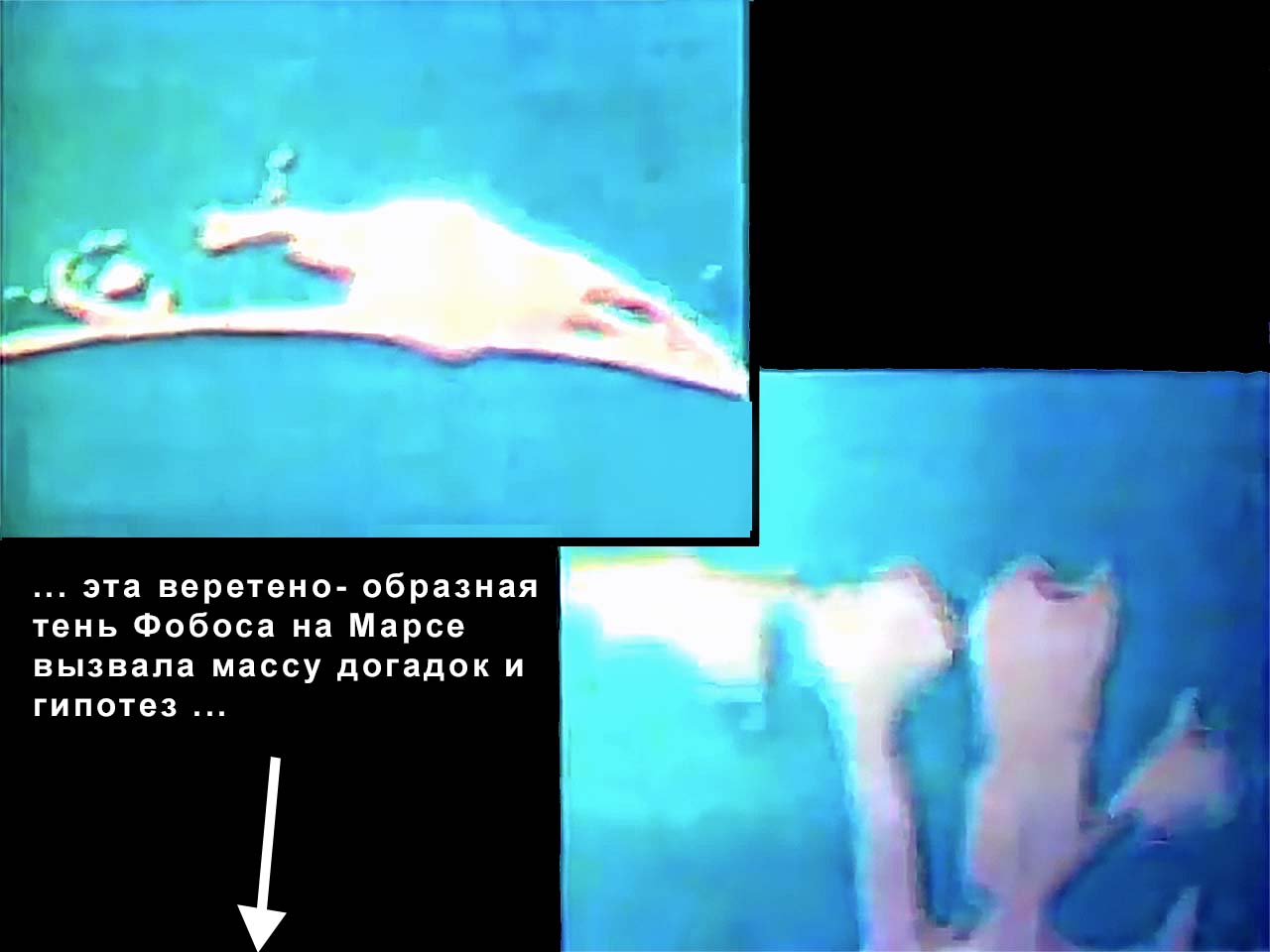
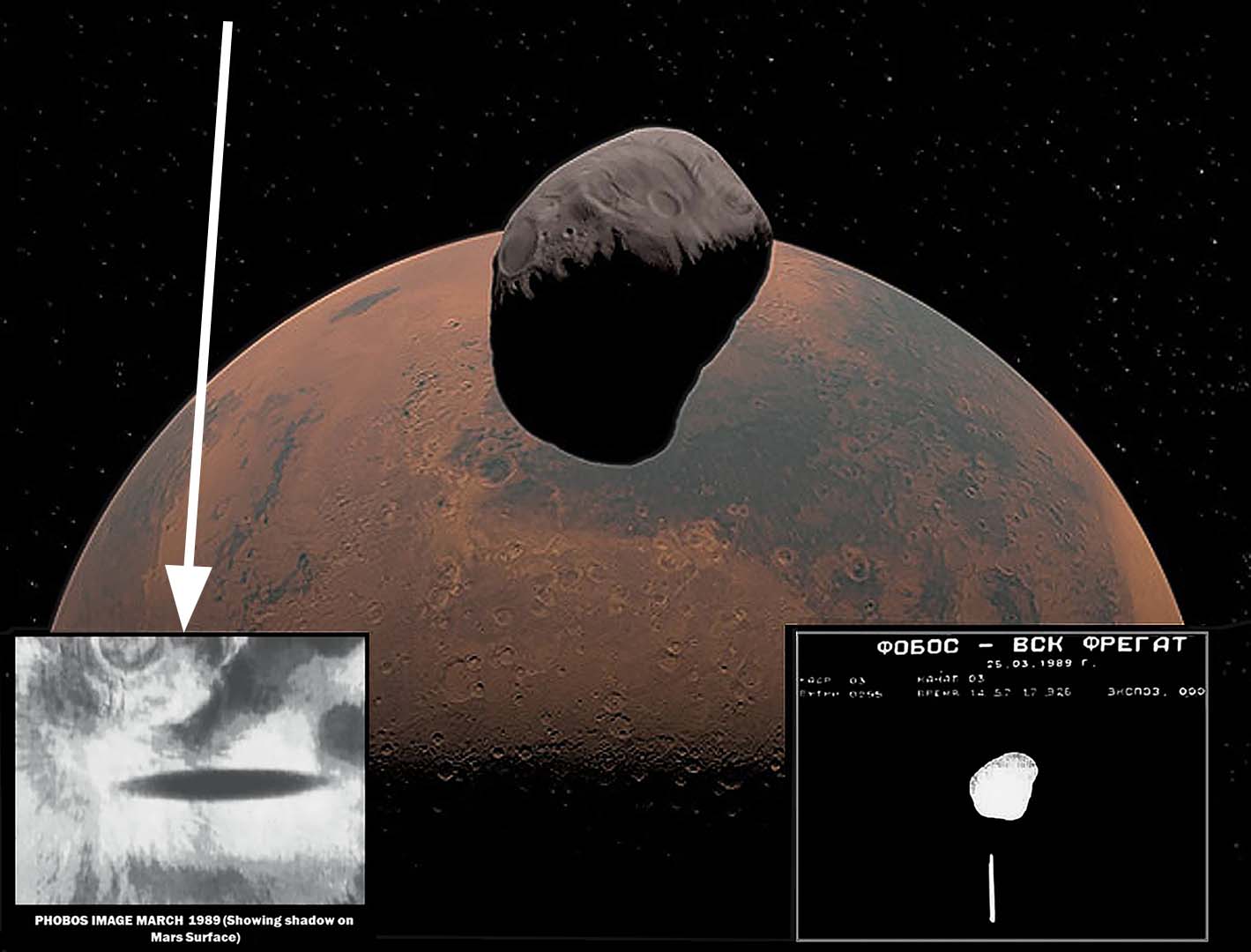
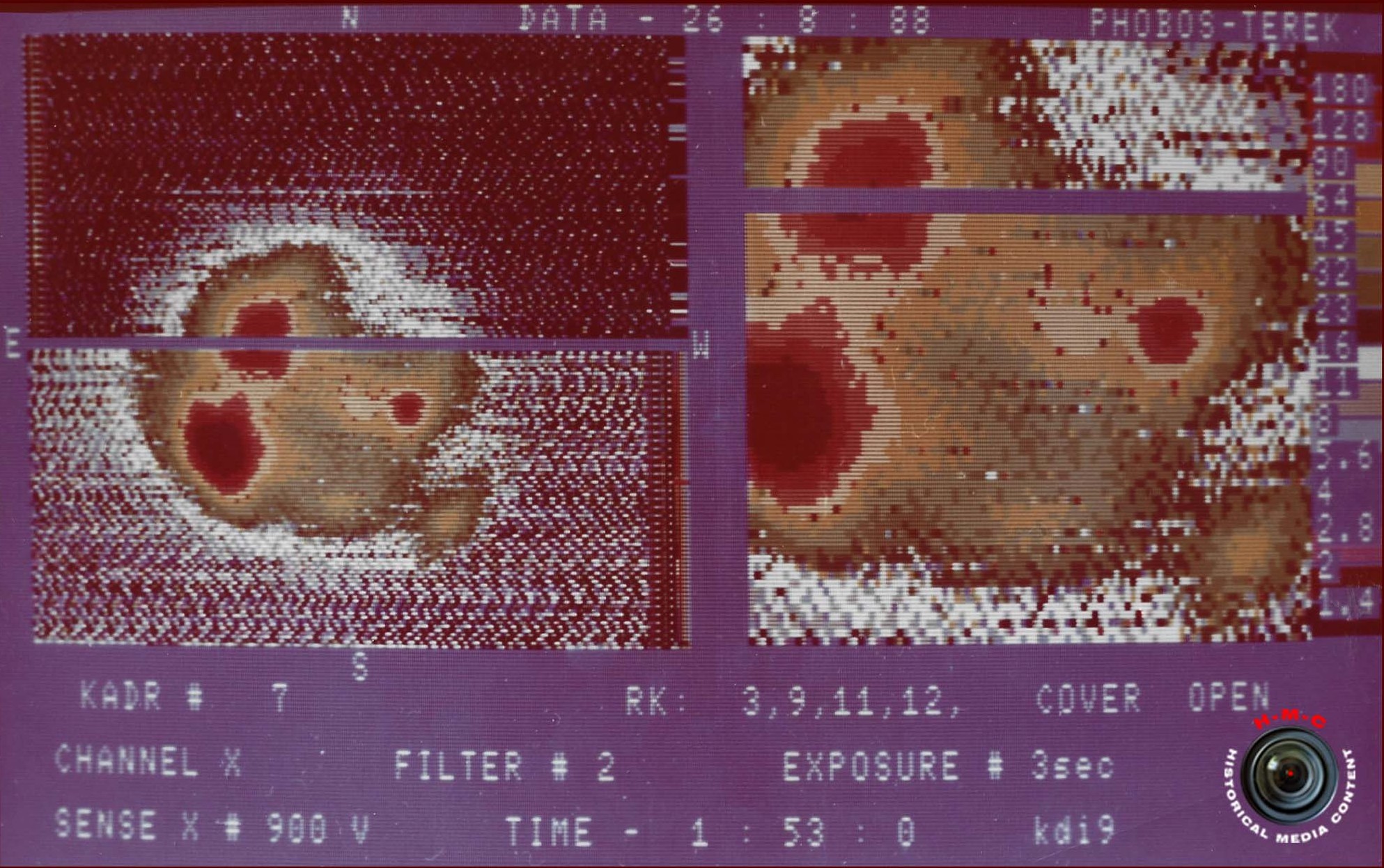
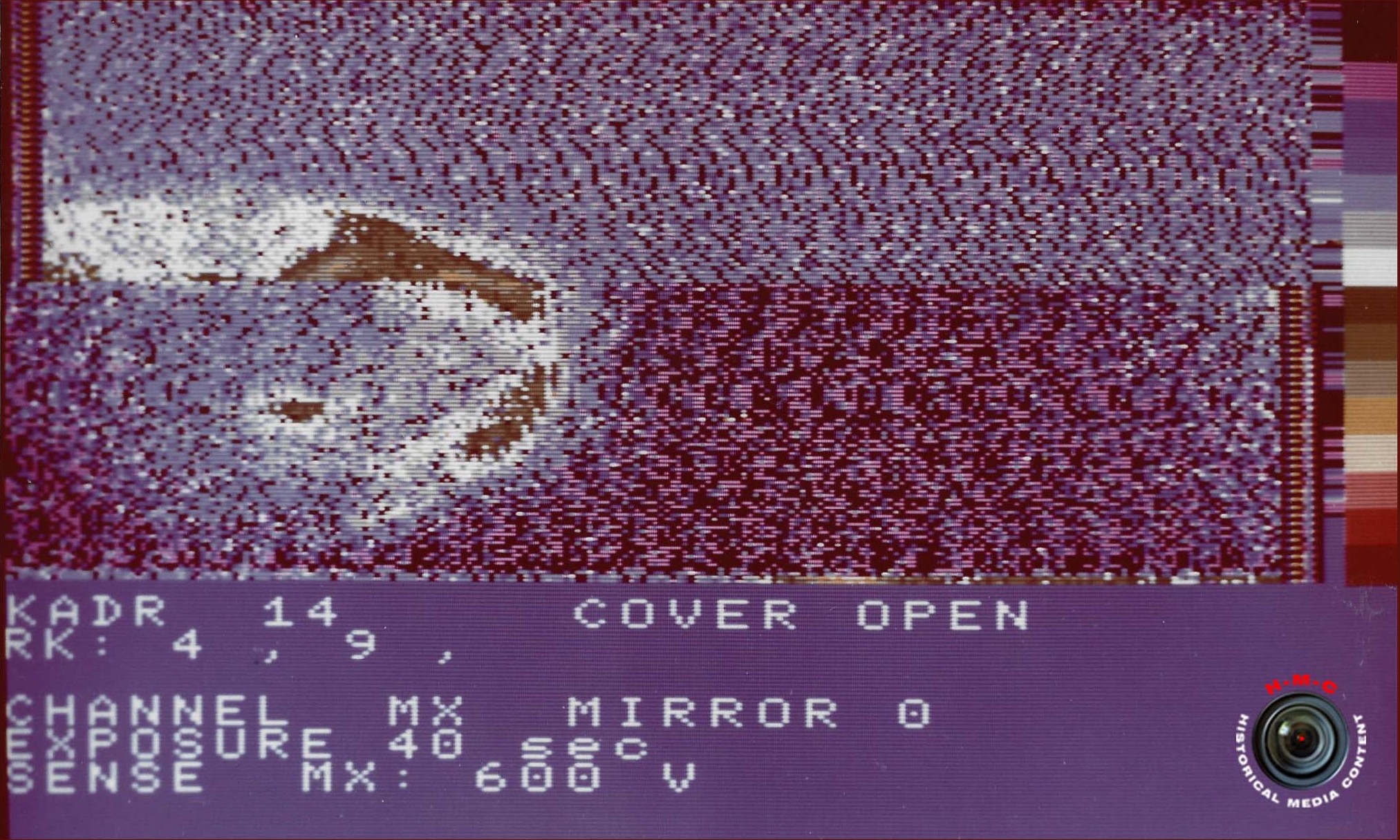
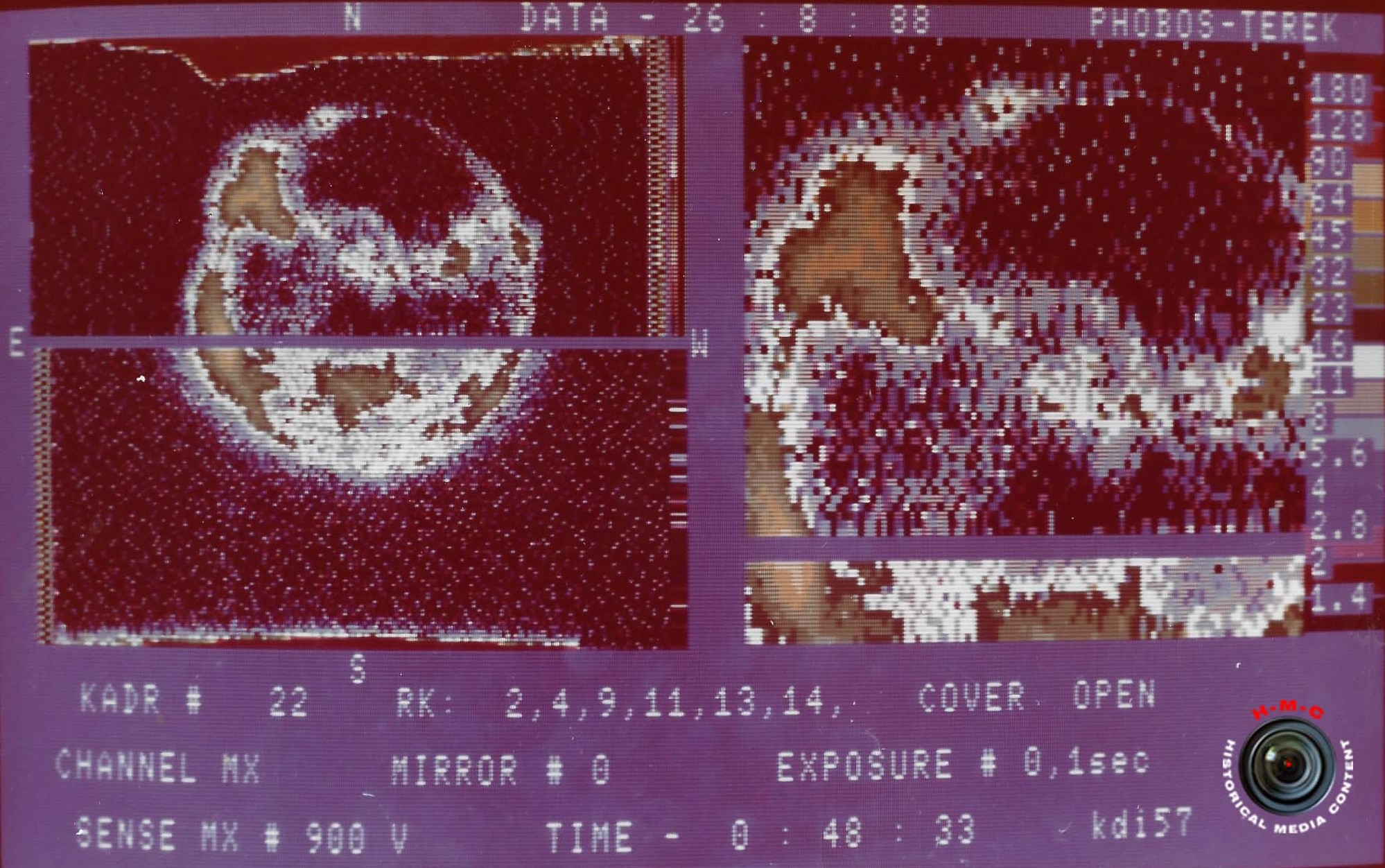
During the flight of the «Phobos-1» from Earth to Mars, the TEREK X-ray telescope regularly photographed the Sun in the ultra-soft X-ray spectrum, observations in which are not possible from Earth due to its complete absorption by the Earth’s atmosphere. The images obtained are one of the main sources of information about the general structure of the solar corona and the evolution of its hot plasma formations with temperatures from hundreds of thousands to tens of millions of degrees Celsius.
Structurally, the device consists of three independent channels: a telescope with sliding incidence optics for the range of 0.5 — 2.5 nm; a telescope with normal incidence optics and polarizers for the range of 17.5 and 30.4 nm and an optical coronograph of the visible range. The image receivers were developed on the basis of cooled solid-state matrixes and electron-optical converters with luminescent transducers and thin-film filters. They make it possible to work in a wide dynamic range of recorded radiation intensities with shutter speeds from 0.1 to 40 seconds. Scientists of the Physical Institute of the USSR Academy of Sciences and the Astronomical Institutes of Czechoslovakia used modern technologies for manufacturing X-ray mirrors with multilayer interference coatings, thin-film filters, phosphors, and cooled solid-state matrixes.
A totally of 140 high-quality photographs of the Sun were obtained during the active existence of the station. They clearly show the complex structure of plasma formations in the solar atmosphere with different sizes, density, temperature, and dynamic behavior. For the first time, equatorial regions with reduced density and temperature have been detected. Further analysis of the images obtained will bring us to understanding the mechanism of matter heating and particle acceleration in the solar coronal plasma
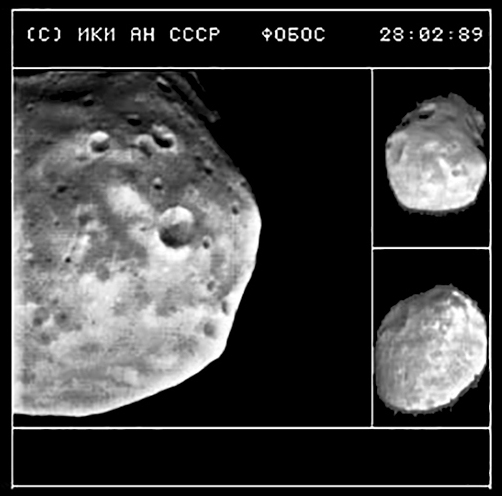
... on approach to Phobos

... landing on its surface of a long-lived autonomous station (LLAS - "Phobos-1,-2" spacecraft) and a mobile probe (PROP-FP - "Phobos-2" spacecraft)
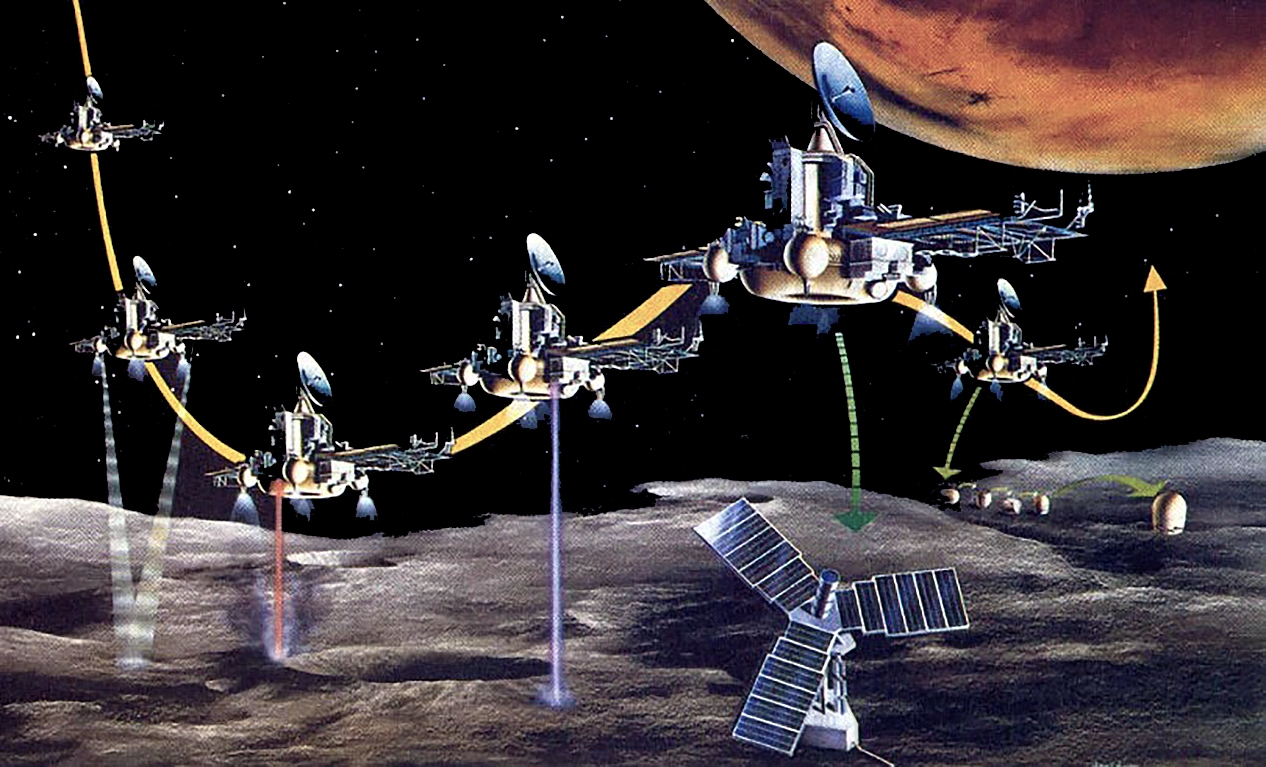

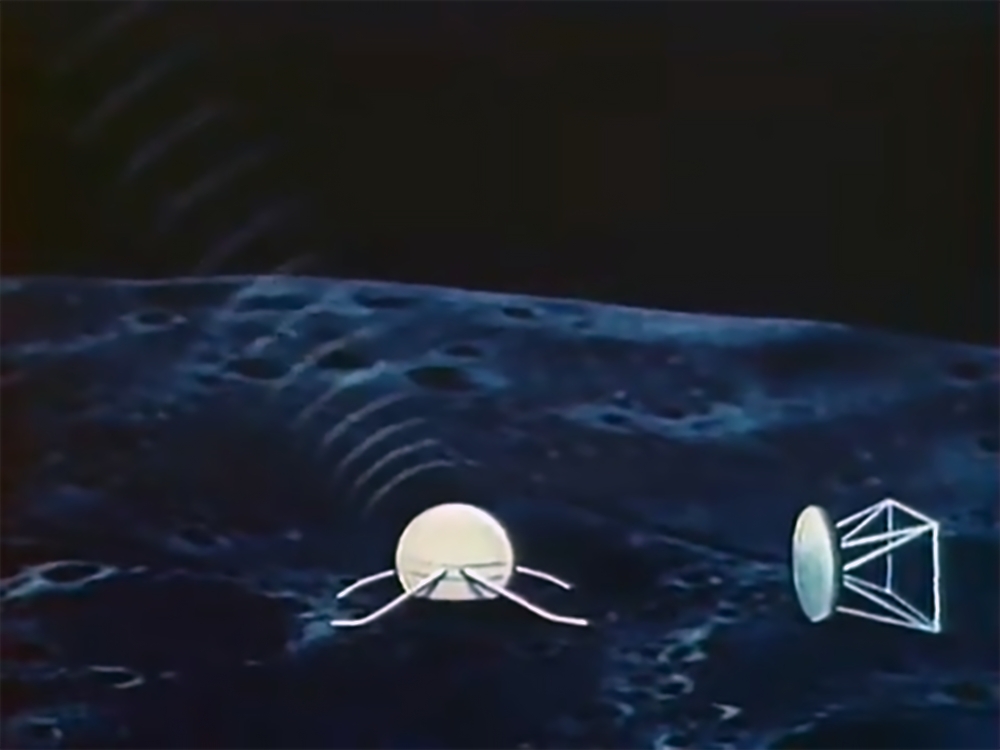

MASS - spectrometry, elemental and isotopic analysis of Phobos surface
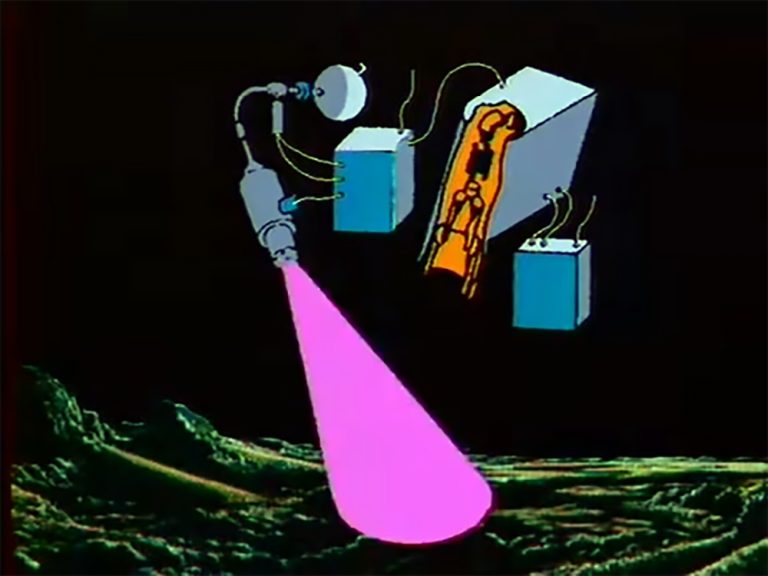
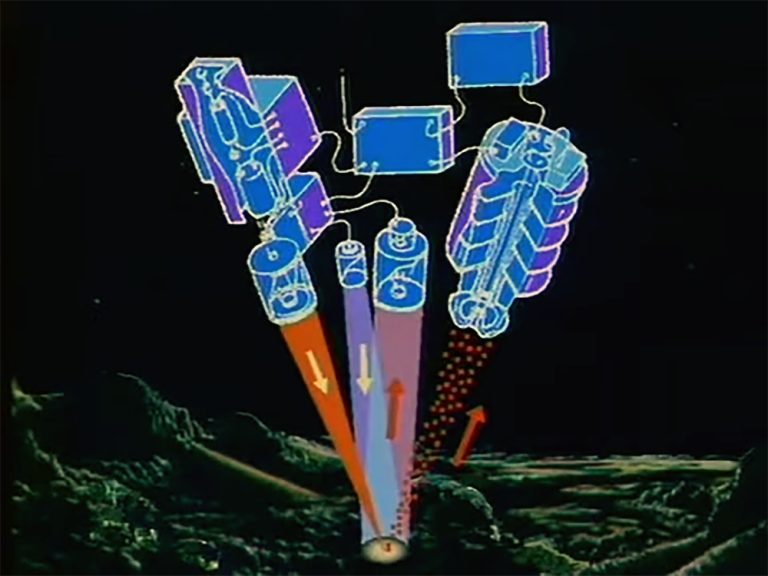
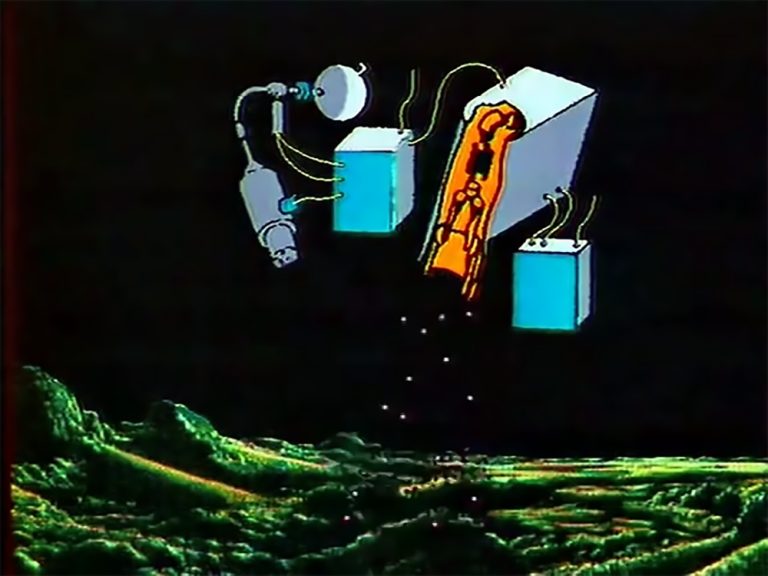
The commission established on July 17, 1989 under the chairmanship of Y.A.Mozzhorin, Director of TSNIIMash, with the participation of A.A.Galeev, Director of SRI USSR Academy of Sciences, and V.M.Kovtunenko, General Designer of Lavochkin Association, found that the «Phobos-1» spacecraft (1F No. 101) stopped functioning on August 31, 1988 due to operator error resulting in the loss of the spacecraft orientation at the initial phase of the flight to Mars. Communication with «Phobos-2» (1F No. 102) ceased on March 27, 1989 due to the stoppage of the computing process of the onboard digital computer complex (BDCC), which led to the loss of orientation of the spacecraft.
The Commission noted that despite the incomplete execution of the «Phobos» program, a large amount of valuable scientific data was obtained on:
— tele-imaging of Phobos;
— the dynamics and structure of interplanetary magnetic fields;
— the interaction of the solar wind with Mars;
— the dynamics of the Martian magnetosphere;
— reflective properties of the surface of Mars and Phobos and of the Mars atmosphere;
— thermophysical properties of the regolith along the path and of individual formations on Phobos;
— elemental composition of the surface and atmosphere of Mars.
The obtained scientific results were highly appreciated by the international scientific community.
* here and below were used materials from the documentary film «Project Phobos», TO «Ekran», Gosteleradio, 1988, directed by Sergey Vologdin. You can watch the movie at the link